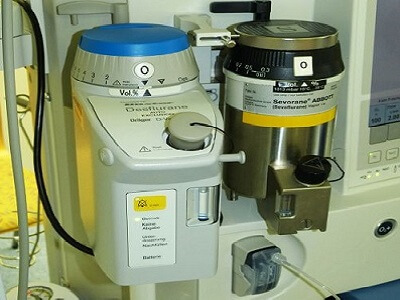Anesthesia Machine & Anesthesia Workstation
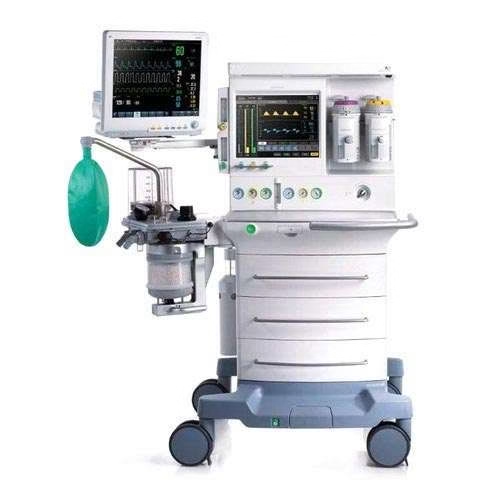 Welcome to the nerve center of the operating room. The anesthesia workstation, with its complex array of dials, circuits, and monitors, can seem like an intimidating beast. But what if you could master it? This comprehensive resource is your guide on a fascinating journey—from the historic, clunky elegance of the Boyle's machine to the sleek, intelligent workstations of Dräger, GE, and Mindray that define modern practice. We will demystify the physics, deconstruct the components, and build your confidence. This isn't just about learning a machine; it's about understanding your most critical partner in ensuring patient safety.
Welcome to the nerve center of the operating room. The anesthesia workstation, with its complex array of dials, circuits, and monitors, can seem like an intimidating beast. But what if you could master it? This comprehensive resource is your guide on a fascinating journey—from the historic, clunky elegance of the Boyle's machine to the sleek, intelligent workstations of Dräger, GE, and Mindray that define modern practice. We will demystify the physics, deconstruct the components, and build your confidence. This isn't just about learning a machine; it's about understanding your most critical partner in ensuring patient safety.
Our journey will be a methodical one. We'll start by laying a strong foundation, exploring the history and the core physics that govern every machine. From there, we'll build up your knowledge piece by piece, dissecting the classic anatomy of an anesthesia machine and mastering the circle breathing system. Only then will we leap into the modern era, comparing the sophisticated features of today's leading workstations. Each module is designed to build upon the last, transforming a daunting subject into a clear, manageable, and ultimately, masterable skill.
EuroSCORE II
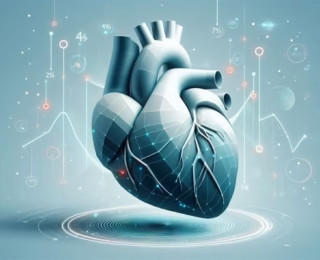
EuroSCORE II is the leading risk model for predicting mortality in adult cardiac surgery. It uses 18 variables to provide a personalized percentage risk of death within 30 days of an operation. This powerful tool is essential for guiding informed consent and clinical decision-making for complex procedures.
Lee’s Revised Cardiac Risk Index (RCRI)
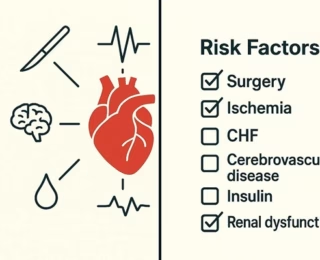
Lee’s Revised Cardiac Risk Index (RCRI) is a simple tool for predicting major cardiac complications after non-cardiac surgery. Using six independent predictors, it provides a rapid estimate of a patient’s risk, guiding pre-operative evaluation and informed decision-making for safer surgical outcomes.
Clinical Frailty Scale (CFS)
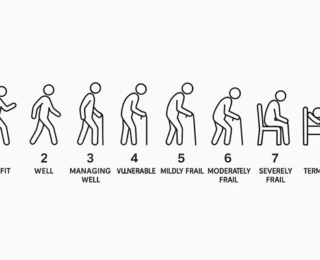
The Clinical Frailty Scale (CFS) assesses a patient’s physiological reserve beyond their chronological age. This vital tool predicts vulnerability to surgical stress, postoperative complications, and recovery speed, enabling better risk stratification and informed decision-making for older surgical patients.
ASA Physical Status (PS) Classification System
Tele-Anesthesia and Remote Monitoring

Tele-anesthesia leverages high-speed networks and AI to deliver expert anesthesia care from a distance. From a central command center, anesthesiologists can provide real-time oversight for multiple operating rooms, enhancing patient safety and democratizing access to specialist expertise in rural hospitals and ambulatory surgery centers.
Ambulatory and Portable Anesthesia

The practice of anesthesia has decisively moved beyond the traditional hospital operating room, driven by a demand for efficiency, patient comfort, and advanced technology. This evolution has given rise to two critical subspecialties: Ambulatory Anesthesia, focused on rapid recovery for same-day surgery, and Portable Anesthesia, which brings a fully-equipped, mobile anesthetic suite to non-traditional locations like MRI rooms, endoscopy clinics, and dental offices.
Bispectral Index (BIS) Monitor

The BIS monitor analyzes brain EEG waves to create a single number (0-100) indicating a patient’s consciousness level. It helps clinicians precisely titrate anesthetic drugs, preventing intraoperative awareness while avoiding oversedation, leading to safer, faster recovery for patients undergoing surgery or sedation.
Cardiac Output Monitor

Minimally invasive monitors like FloTrac and EV1000 analyze arterial waveforms to deliver continuous cardiac output data. This real-time insight is vital for guiding fluid and drug therapy in critically ill patients, offering a powerful, less-risky alternative to traditional pulmonary artery catheters for hemodynamic management.
Disclaimer!
The information provided on this platform, including but not limited to articles, case studies, clinical scenarios, guidelines, and multimedia content, is intended for educational and informational purposes only.
The authors and editors of this material have made every effort to ensure the accuracy of treatments, drugs, and dosage regimens that conform to currently accepted standards. However, due to continual changes in information resulting from ongoing research and clinical experience, unique aspects of individual clinical situations, as well as the potential for human error; readers must exercise personal judgment when making a clinical decision.
This website may contain third-party information or links to other internet websites. We do not control nor assume responsibility for any third-party content provided nor content on linked Internet websites.
We strongly recommend the visitors of this website to go through its Detailed 'Disclaimer' and 'Terms of Use'.
By accessing, browsing, or using this website, you acknowledge that you have read, understood, and agreed to be bound by the 'Disclaimer' and 'Terms of Use'. If you do not agree with these terms, you must NOT use this website.







